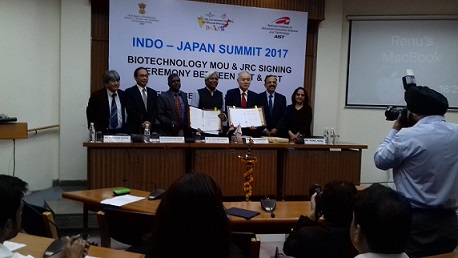Stillbirth, which is defined as a baby born without life at or after 28 weeks gestation, is one of the major problems facing the health sector across the world. It is estimated that about 26 lakh stillbirths occurred globally every year and India accounted for the largest proportion with 5.9 lakh cases.
While the number of stillbirths is declining, the annual rate of reduction is a mere two per cent globally and is 2.4 per cent in India. In 2014, India launched an India Newborn Action Plan (INPA) which envisages to more than halve the incidence of stillbirth to below 10 per 1,000 births by 2030 from the present level of 23 per 1,000 births.
A major stumbling block is lack of data on stillbirth in the country. A new study by the Public Health Foundation of India (PHFI) has sought to bridge this gap. It involved a population-based assessment of stillbirths with Bihar as a sample state. The study focused on getting insights into the possible risk factors and also the ground level changes that may be needed within the health system to design and implement effective preventive and intervention policies.

" Speaking to India Science Wire, Rakhi Dandona, adjunct additional Professor of Public Health at PHFI, who led the research team, said “lesser number of deaths occurred during delivery."
The research team collected data from over one lakh families from 38 districts of Bihar with a population of nearly 6.1 lakh individuals. They recorded data of newborn deaths including stillbirths between January 2011 and March 2014 by interviewing mothers, grandmothers, and health care providers.
They found that the cause of one third of the stillbirths remained unexplained, while obstetric complications and excessive bleeding contributed to another 30 % of the cases. The other causes of stillbirths were poor quality of antenatal care, small size of the fetus, fever during pregnancy, and maternal infection.
Speaking to India Science Wire, Rakhi Dandona, adjunct additional Professor of Public Health at PHFI, who led the research team, said “lesser number of deaths occurred during delivery. This implied that there was some optimal level of care available to this population. But significant number of deaths occurred due to excessive bleeding during labor and cord entanglement around the baby’s neck. This means there is an urgent need to improve the skills of healthcare providers in the state”.
She noted that the study also emphasized the need for measures to register and document stillbirths in a systematic and standardized manner to bridge the knowledge gap for appropriate actions to reduce stillbirths.
Besides Dr. Dandona, the team included G Anil Kumar, Amit Kumar, Priyanka Singh, Sibin George, Mohammad Akbar, and Lalit Dandona. The study was done in collaboration with Metrics and Evaluation, University of Washington. It was published in journal PLOS Medicine. (India Science Wire)



